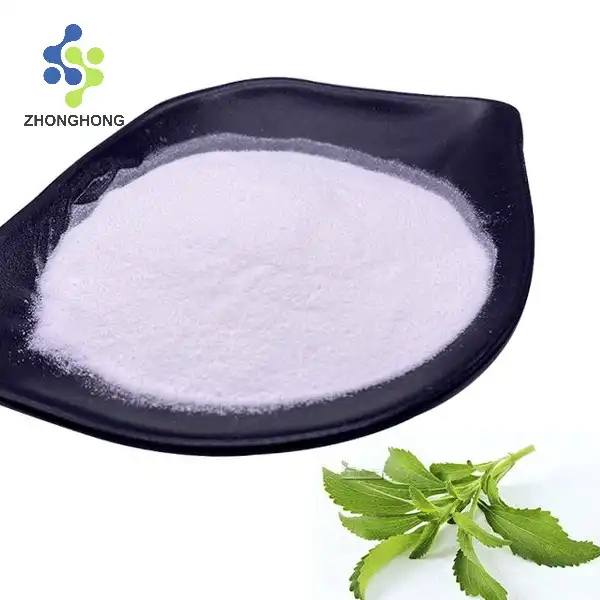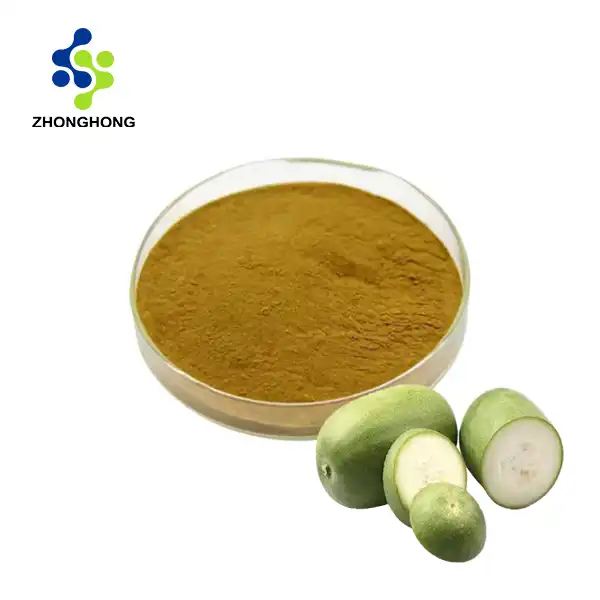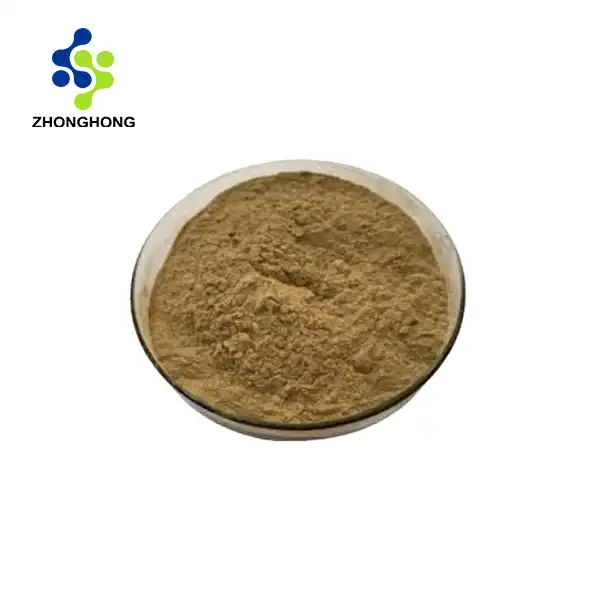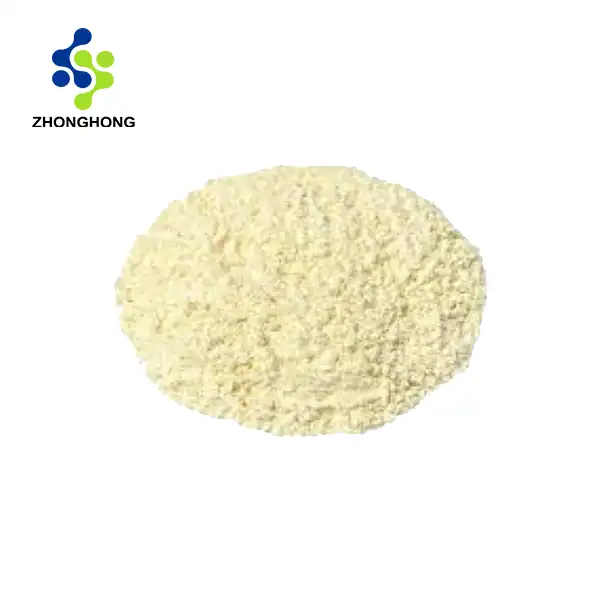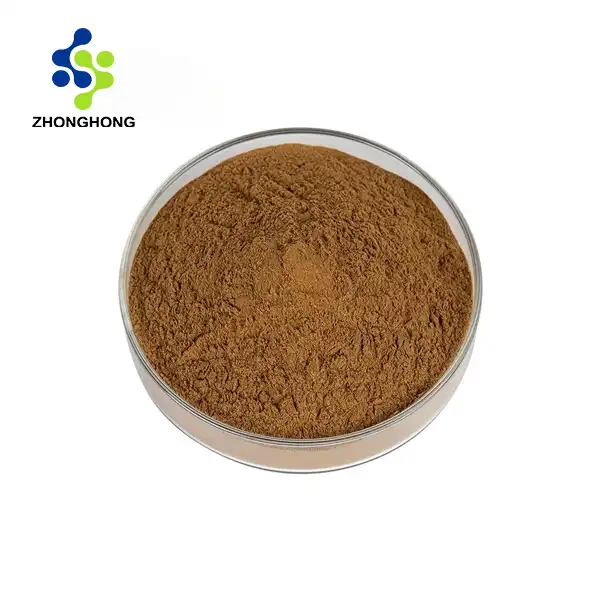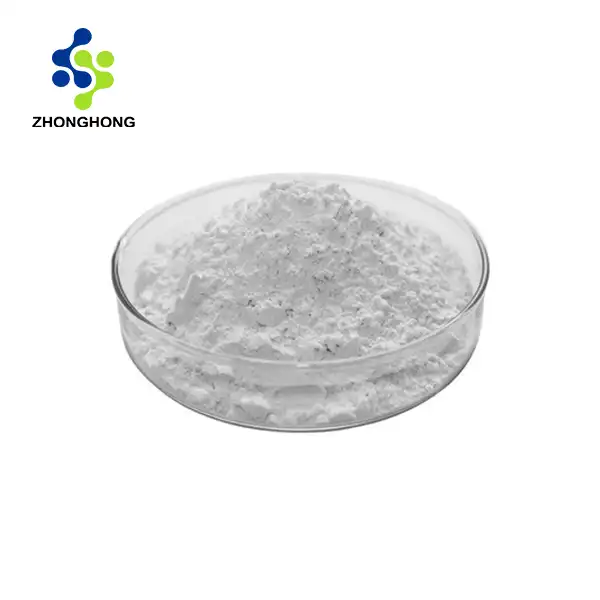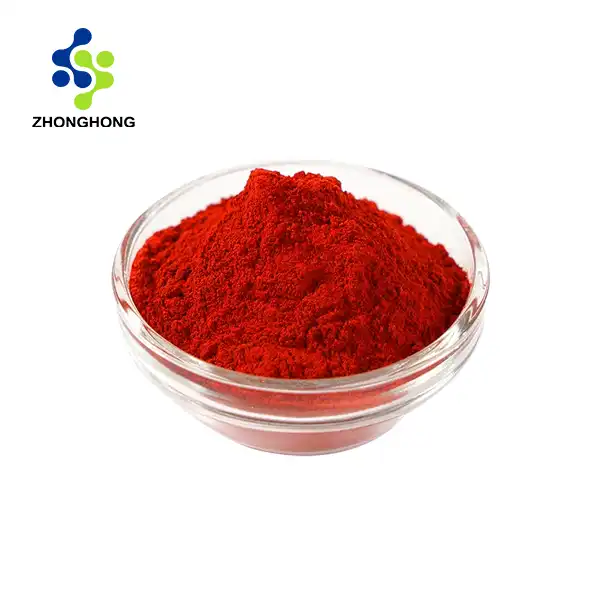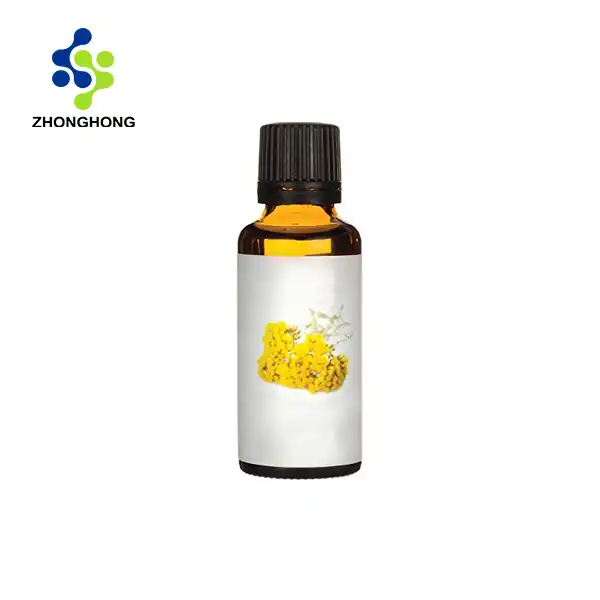The Antiviral Properties of Olive Leaf Extract
Understanding Olive Leaf Extract's Antiviral Mechanism
Olive leaf extract owes much of its antiviral power to oleuropein, a bioactive compound that disrupts viral replication and spread. Oleuropein interferes with a virus’s ability to synthesize the proteins essential for its survival and reproduction. By targeting these processes, the compound weakens the virus and prevents it from multiplying within host cells. Additionally, the extract exhibits antioxidant properties that protect healthy cells from damage caused by viral infections, further enhancing its protective effects. This unique mechanism makes olive leaf extract a promising natural remedy for managing viral threats.
Effectiveness Against Common Viral Infections
Studies highlight olive leaf extract’s efficacy in combating a variety of viral infections, including influenza, herpes simplex virus (HSV), and some strains of the common cold. Its dual-action benefits—directly attacking viruses while boosting the immune system—enable the body to recover faster and fend off recurring infections. Research suggests that the extract can reduce viral loads, alleviate symptoms, and shorten the duration of these illnesses. These attributes position olive leaf extract as a practical, natural option for managing everyday viral ailments, potentially reducing the reliance on conventional antiviral medications.
Potential Applications in Emerging Viral Threats
As the world faces emerging viral threats, olive leaf extract is being investigated for its broad-spectrum antiviral properties. Preliminary findings indicate that its ability to target multiple stages of viral replication could make it useful against novel pathogens. Researchers are optimistic about its potential role in combating viruses that have developed resistance to conventional treatments. Although further studies are needed, olive leaf extract could become an integral component of strategies for addressing future viral outbreaks, offering a natural, sustainable, and accessible solution for managing global health challenges.
How Olive Leaf Extract Combats Bacteria Naturally?
 The Antibacterial Mechanisms of Olive Leaf Extract
The Antibacterial Mechanisms of Olive Leaf Extract
Olive leaf extract's antibacterial properties stem from its ability to disrupt bacterial cell membranes and interfere with their energy production processes. The extract contains compounds that can penetrate bacterial cell walls, leading to the breakdown of the cellular structure and ultimately, bacterial death.
Efficacy Against Common Bacterial Pathogens
Studies have demonstrated the effectiveness of olive leaf extract against several common bacterial pathogens. It has shown particular promise in combating Escherichia coli (E. coli), Staphylococcus aureus, and even some antibiotic-resistant strains of bacteria. This natural antibacterial action could potentially provide an alternative or complementary approach to traditional antibiotic treatments.
Potential in Combating Antibiotic Resistance
With the growing concern of antibiotic resistance, natural alternatives like olive leaf extract are gaining attention. The extract's unique mechanisms of action against bacteria may help in situations where conventional antibiotics are becoming less effective. While it's not a replacement for prescribed antibiotics, olive leaf extract could potentially play a role in managing bacterial infections and reducing the overuse of antibiotics.
Olive Leaf Extract for Skin Infections and Healing
Topical Applications for Skin Infections
Olive leaf extract is gaining recognition for its effectiveness in treating skin infections when applied topically. Its antimicrobial properties target a range of pathogens, including bacteria and fungi, making it useful for managing conditions like acne, athlete’s foot, and certain types of dermatitis. Research suggests that ointments or creams containing olive leaf extract can reduce inflammation, soothe irritation, and promote clearer, healthier skin by combating infection at the source.
Promoting Skin Healing and Regeneration
Beyond its antimicrobial effects, olive leaf extract also possesses properties that can promote skin healing and regeneration. The extract's high antioxidant content helps protect skin cells from damage and may accelerate the healing process of wounds and skin irritations. This dual action of fighting infection while supporting skin health makes olive leaf extract a potentially valuable ingredient in skincare products.
Olive Leaf Extract in Natural Skincare Formulations
With its gentle yet potent properties, olive leaf extract is becoming a staple in natural skincare products. From cleansers to moisturizers, it offers a natural solution for improving skin health. Its suitability for sensitive and diverse skin types ensures widespread appeal, while its ability to target infections and support overall skin vitality makes it a preferred ingredient in holistic skincare formulations.
Conclusion
Olive leaf extract shows promising potential in fighting infections, from its antiviral and antibacterial properties to its benefits for skin health. While more research is needed to fully understand its capabilities, the extract offers a natural alternative worth considering in our ongoing battle against infections. As always, it's important to consult with healthcare professionals before using any new supplement or treatment. If you want to get more information about this product, you can contact us at liaodaohai@gmail.com.
_1728976869676.webp)
